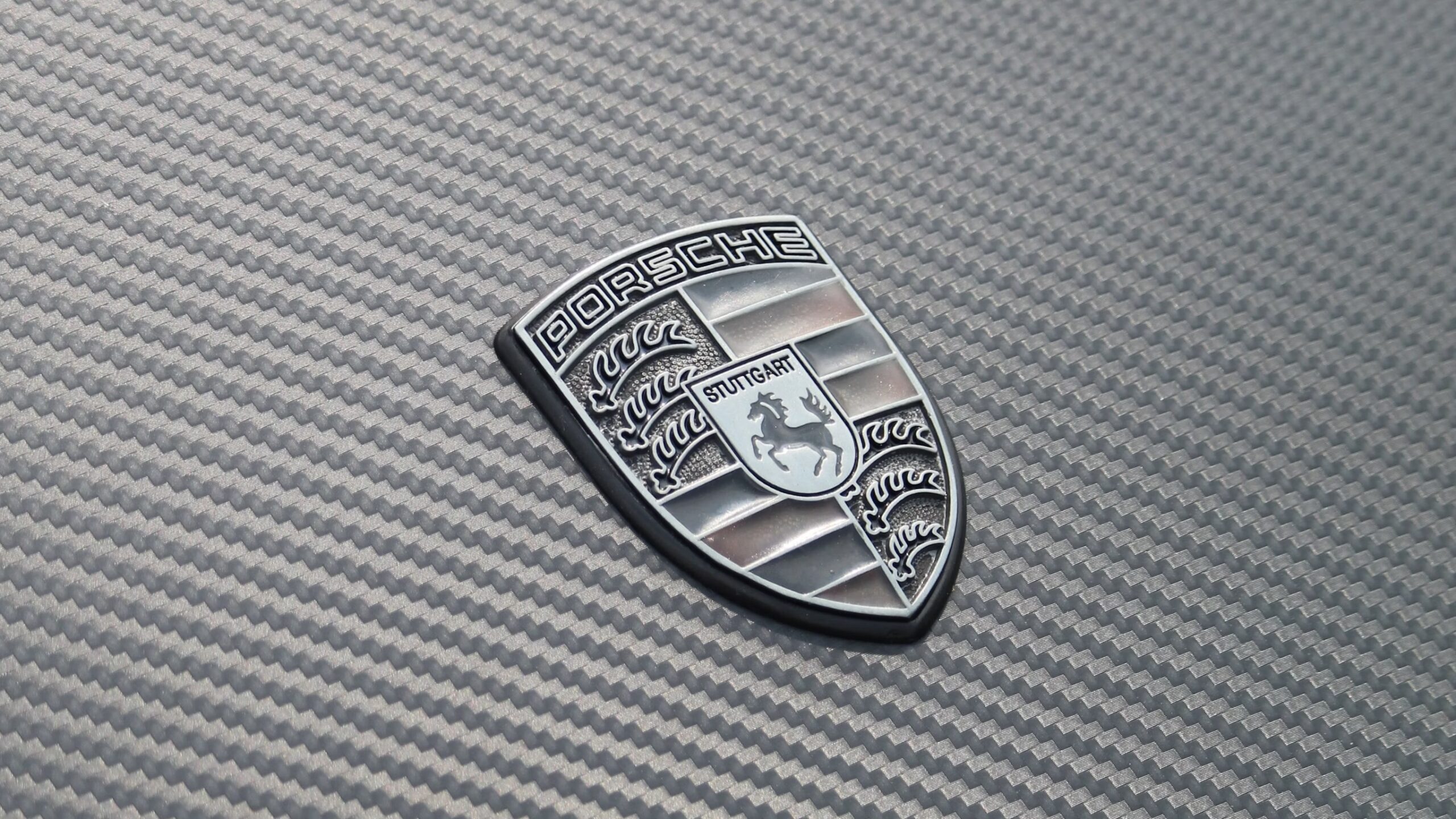The European Union is considering a ban on the use of carbon fibre in the automotive industry, citing potential health risks associated with the material. The move, if approved, could deal a significant blow to high-performance sports cars, many of which rely heavily on carbon fibre to stay lightweight and blisteringly fast.
Carbon fibre has become a cornerstone of modern automotive engineering, particularly in the world of supercars. Its unmatched strength-to-weight ratio allows manufacturers to build ultra-rigid chassis while keeping weight to a minimum — a key factor in achieving top-tier performance.
Today, virtually every high-end sports car features a carbon monocoque chassis, and the material has also filtered down into more mainstream performance models, appearing in components such as rear wings, roof panels, and bonnets.
But that could soon change. A proposal under review by the European Parliament aims to phase out automotive-grade carbon fibre starting in 2029. The concern? During manufacturing and disposal, microscopic fibres can be released into the environment. These particles pose health risks when they come into contact with skin, eyes, or are inhaled, raising alarm bells among EU health and safety regulators.
Given that the automotive sector accounts for more than 10 percent of global carbon fibre demand, an EU-wide ban would have massive implications — not only for carmakers, but for the supply chains that support them. While negotiations with manufacturers are expected, a full ban would force performance vehicles to bulk up, compromising agility, speed, and efficiency.
In short: without carbon fibre, tomorrow’s supercars may be heavier, slower, and far less thrilling.
